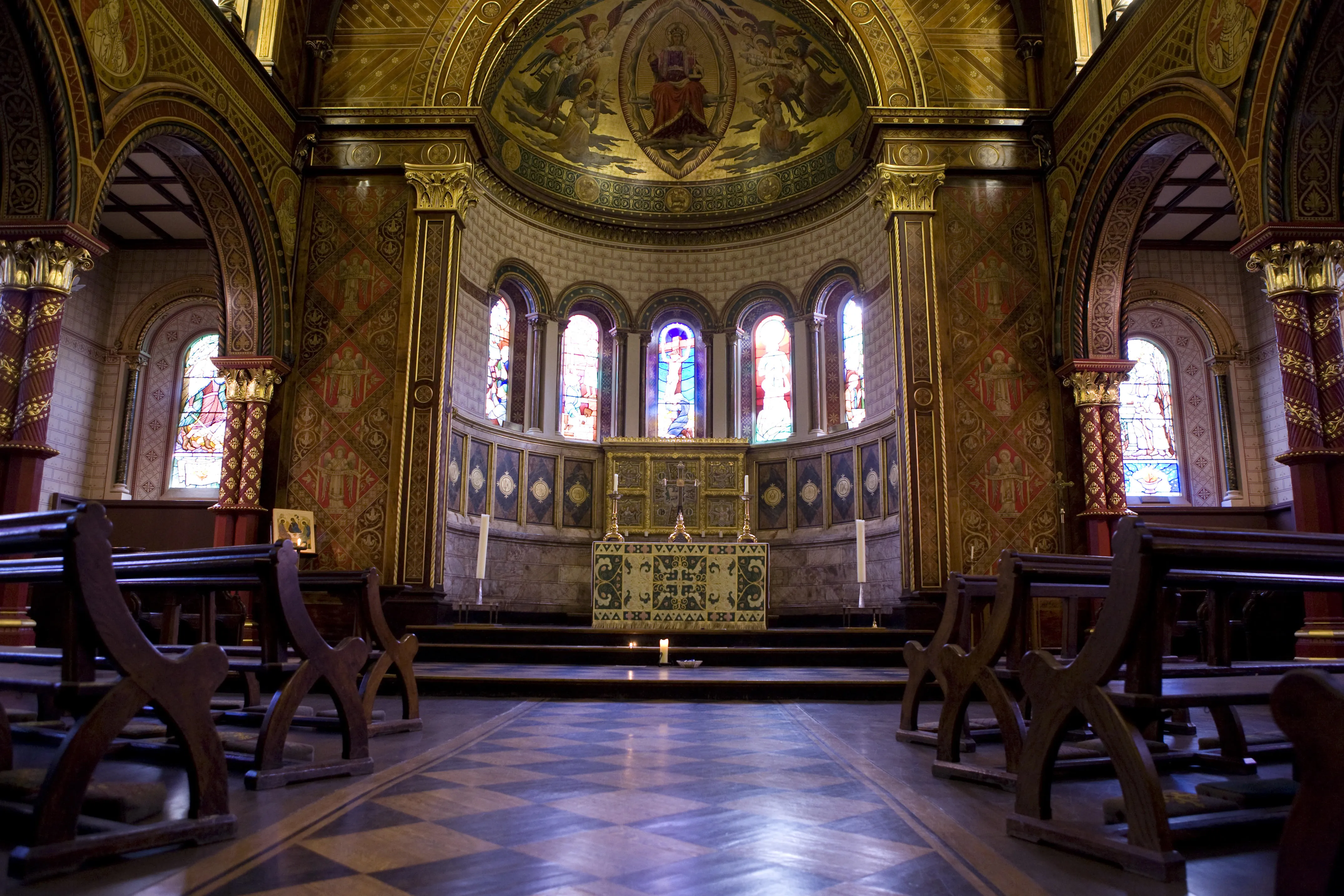The fall of Jerusalem in 587/6 BCE accelerated changes in cultural, intellectual, religious and political identities which continue to reverberate in the modern Middle East across the world today, according to research from King’s theology scholars.
The fall of Jerusalem in 587/6 BCE accelerated changes in cultural, intellectual, religious and political identities which continue to reverberate in the modern Middle East across the world today, according to research from King’s theology scholars.
An online exhibition co-curated by Dr Jonathan Stökl with Dr Carly Crouch of Nottingham University, charts The Holy City’s path from a small Iron Age backwater to a place of enormous global influence, and also marks the opening of the Society for Old Testament Studies (SOTS) Centenary Summer Meeting at King’s.
Through art, music and objects and spanning some 3,000 years of Jerusalem’s history the exhibition depicts ordinary life in ancient Jerusalem.
‘With a focus on the daily and religious life of Iron Age Jerusalem and the aftermath of its destruction, as well as the European imagination of Jerusalem from the Middle Ages to the 21st century, the exhibition shows how Jerusalem became not just a city in modern day Israel / Palestine but also a place in the Imagination, inspiring religious and secular minds alike’
Dr Jonathan Stökl.
SOTS was founded at a meeting at King’s in January 1917, and the then Dean of the College became its first president. The current president is Paul Joyce, Samuel Davidson Professor of Old Testament / Hebrew Bible at King’s.
Images and other digitized materials which make up the exhibition have been lent by a small number of key institutional collaborators including the Palestine Exploration Fund, the Manchester Museum and the British Museum.

